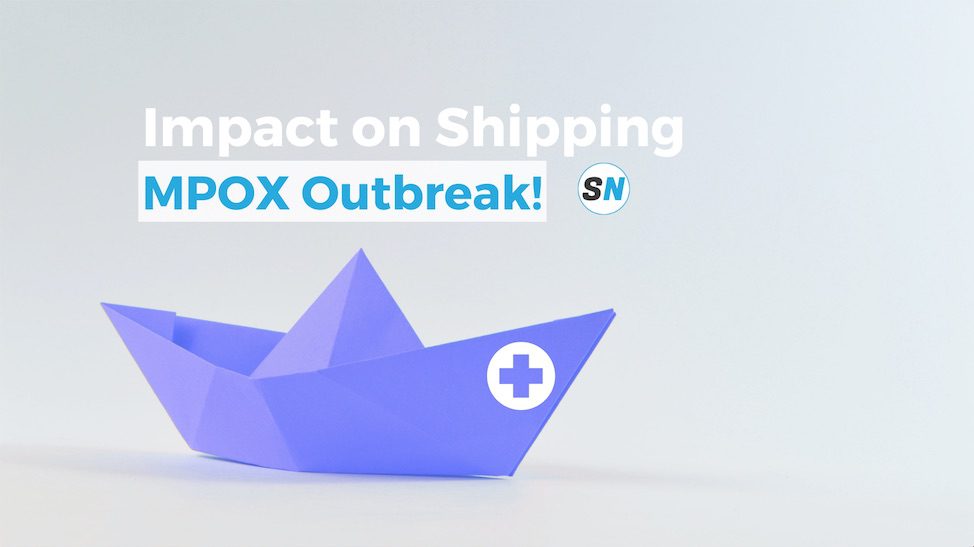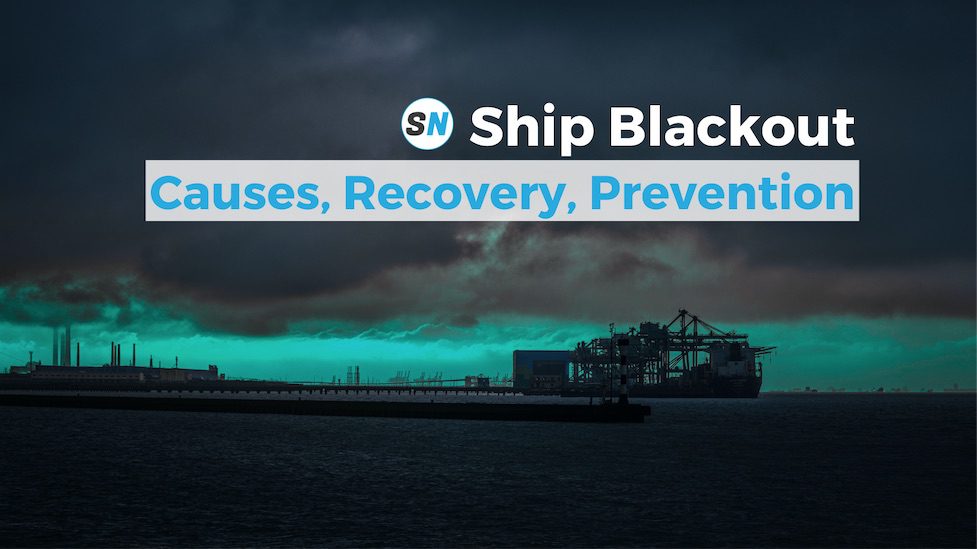28 November 2024
USCG investigation on the grounding of Ever Forward
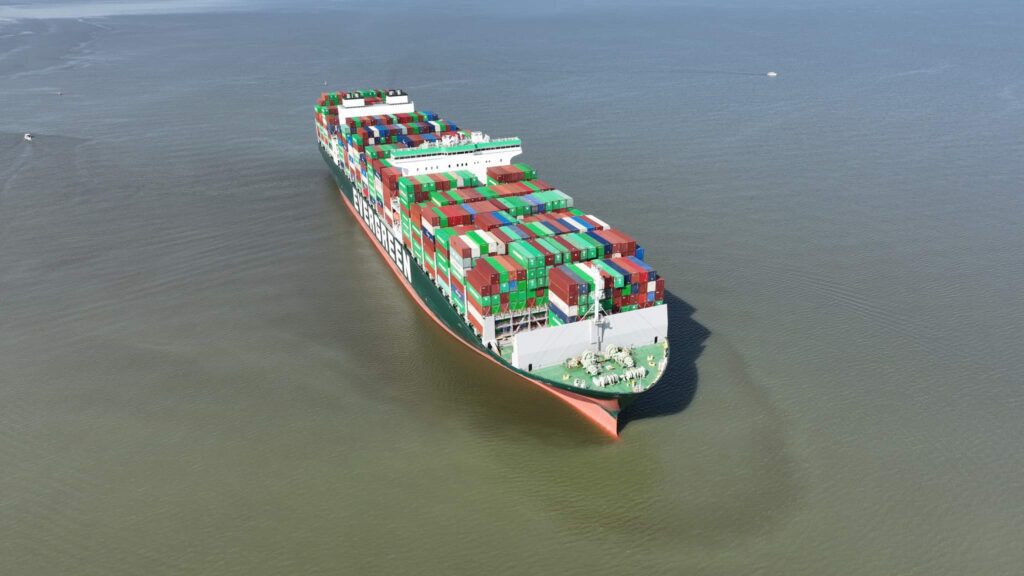
The United States Coast Guard has published its investigation report into the grounding of Ever Forward. Highlighting the dangers of distractions when navigating.
Incident Recap
The container ship Ever Forward grounded in the Craighill Channel near Baltimore, Maryland on 13 March 2022 after leaving the Port of Baltimore en route to Norfolk, Virginia.
While proceeding with a pilot on board, the 12,118-TEU containership grounded, as per a spokesperson for the US Coast Guard’s (USCG) 5th District. Moreover, there were no injuries, pollution or damage to the ship resulted from the incident. Underwater inspections indicated that the ship had not suffered any damages in the grounding. No fuel leakage occurred or detected from the Ever Forward grounding. However, the USCG had ordered the ship’s crew to conduct soundings every four hours of all tanks, bilges, and voids. Thus, monitoring for pollution and reporting changes in stability, draft, or position, or signs of oil discharge.

Ever Forward refloated again after grounding
The Ever Forward container ship refloated on Sunday morning after remaining stuck in the Chesapeake Bay in Maryland for over a month.
Ship Nerd
The high tide, along with a month’s worth of work finally brought success to the effort. Particularly, the refloatation succeeded following dredging around the ship and push-and-pull tugboat operations while also removing 505 containers from aboard.
Aftermath
According to a news release from the U.S. Coast Guard 5th District, dredging commenced to a depth of 43 feet. Resulting in 206,280 cubic yards of material, extracted and utilized to offset erosion at the Paul S. Sarbanes Ecosystem Restoration project.
The state comptroller Peter V.R. Franchot, a Democratic candidate for governor, called on Benjamin Tsai, the president of Evergreen Shipping Agency Corporation. Hence, advising to set up a $100 million “responsibility fund” for reimbursement of; labor hours and resources that federal, state and local agencies laid out for refloating efforts and compensation for watermen and the seafood industry for the ship’s impact on their harvest season.
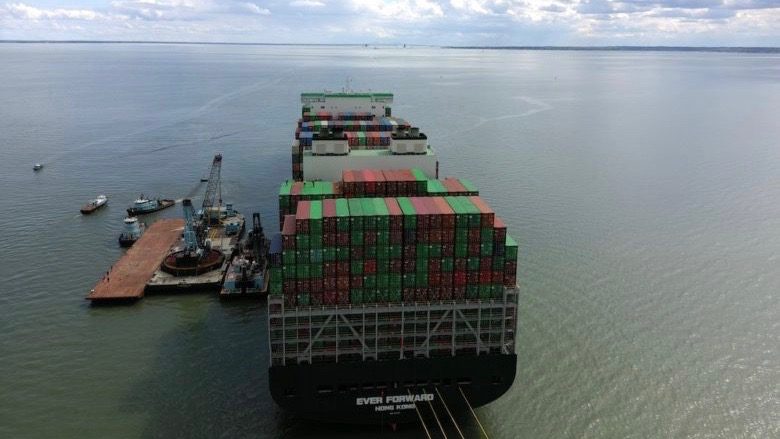
Financial and Environmental Impact of Ever Forward grounding
Maryland State expects Evergreen to cover the financial costs resulting from the environmental impact of Ever Forward grounding.
Ship Nerd
Note that, the last time something like this happened was last year. A ship owned by the same company got stuck and blocked the Suez Canal in Egypt. Therefore, disrupting billions of dollars a day in global trade.
Investigation
The USCG investigation determined the incident’s causal factors to be the pilot’s failure to maintain situational awareness and attention while navigating, and inadequate bridge resource management.
Furthermore, the investigation found that for approximately half of the two-hour transit, the pilot placed and received numerous calls, text messages, and draft emails on their personal cell phone right up until the incident.
Additionally, the pilot relied solely on their Portable Pilot Unit (PPU) for navigation and was watching a playback of a previous transit at the time of the incident.
The pilot was drafting an email on their personal cell phone in the minutes leading up to the plan turning south when the vessel sailed through its waypoint and grounded. Note that, the vessel’s bridge team attempted to cue the pilot by repeating the heading. However, by the time the bridge team became more assertive about the ship’s heading, it was too late to prevent the vessel from grounding.
The USCG report can be read here.
Restrictions and Red Zones
This isn’t the first incident where concerns have been raised on the inappropriate use of mobile devices and communications on the bridge during passages where a heightened level of attention is required. Therefore, the Maritime and Coastguard Agency (MCA) recommends the use of RED ZONES aboard vessels.
What is a Red Zone?
People calling the ship by phone have no way of knowing what the current navigational situation is like. This means that they would call when the officer of the watch or bridge team is under pressure.
The idea of a red zone is to highlight an area on the voyage plan where mobile phones should not be used to make outgoing calls and importantly where incoming calls are diverted to a phone message. Typically, this would be in place in pilotage areas and other busy navigational areas.
Thus, the officers on the bridge are not distracted by a phone message which assists them in remaining focused on the safe navigation of the vessel at all times.
Master-Pilot Exchange (MPX)
“Efficient pilotage depends, among other things, upon the effectiveness of the communications and information exchanges between the Pilot, the Master and the bridge personnel and upon the mutual understanding each has for the functions and duties of the other.”
IMO Resolution A.960
Yet incidents continue to occur that commonly stem from a breakdown in the relationship between the bridge team and pilot or where the Master appears to relinquish control to the pilot or fails to challenge a potentially unsafe instruction.
See Also
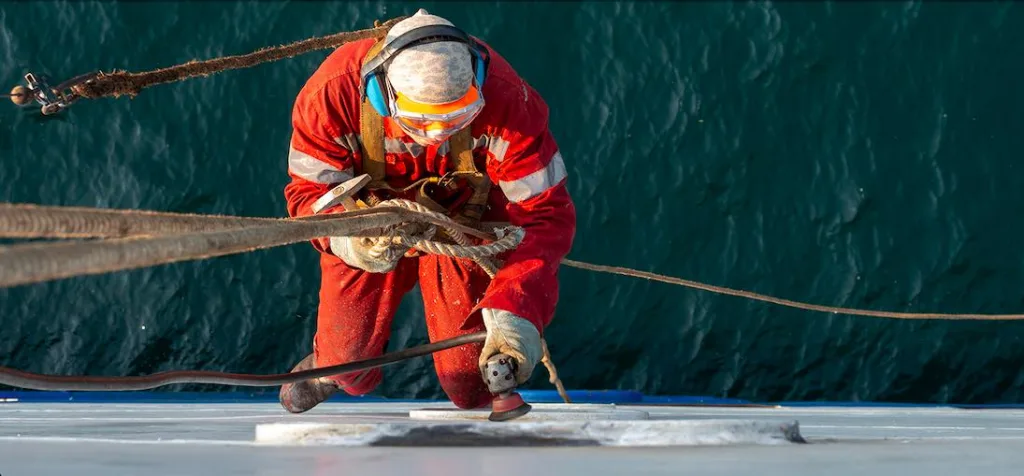
What is SIF: Serious Injury and Fatality?
Understanding SIF (Serious Injury & Fatality) Investigating incidents, near-misses and hazardous conditions takes considerable time and effort. Does everyone have the time and resources to investigate every incident in depth? And is it worth it?

